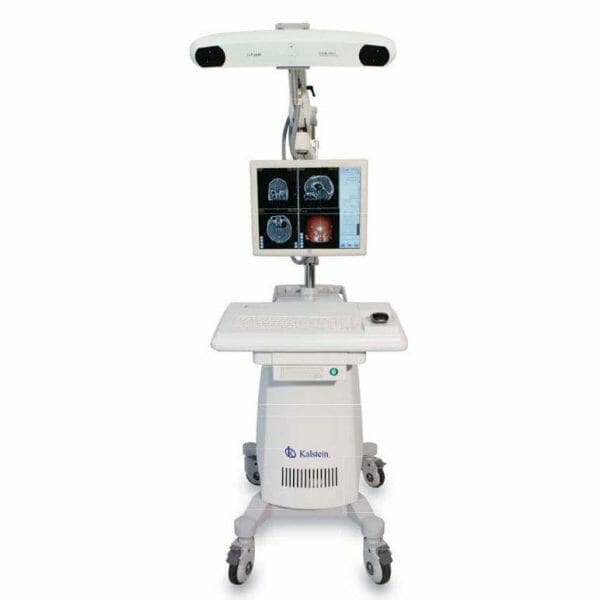Optical surgical navigation offers a number of clinical advantages over traditional surgical navigation methods. These advantages include faster speed, better accuracy, lower risk of surgical error, less use of expensive equipment, and less surgical time. However, rapid access to clinical information and the results of optical surgical navigation also depends on system performance. Therefore, improving the speed and quality of optical surgical navigation is essential to improve clinical outcomes.
One of the main obstacles to the speed and quality of optical surgical navigation is the data processing required to convert image information into surgical navigation results. This could take from a few seconds to several minutes, depending on the size of the image file and the data processing system used. Therefore, one approach to improving the speed and quality of optical surgical navigation is to improve data processes related to optical surgical navigation.
One approach to improving the speed and quality of optical surgical navigation is the use of high-quality training data sets to train detection, spatialization, and tracking systems. These training data sets can help improve both the accuracy and speed of optical surgical navigation.
How is data processing performed in optical surgical navigation systems?
One approach to improving data processing is the use of advanced image processing algorithms to accelerate the processing of optical surgical navigation data. Advanced image processing algorithms can significantly improve the speed and quality of data processing related to optical surgical navigation.
These advances include the use of parallel processing techniques, the use of novel algorithms to accelerate image comprehension processes, and the implementation of these image processing algorithms on advanced hardware platforms such as advanced graphics cards.
These advanced graphics cards are capable of processing large amounts of image data at significantly faster speeds than traditional processing systems. Therefore, the use of video cards for data processing related to optical surgical navigation can be a useful alternative to accelerate the process of optical surgical navigation.
How do you improve the quality of navigation with optics and augmented reality?
Efforts to improve the speed and quality of optical surgical navigation may also include improving optical devices used in optical surgical navigation processes. Optical system optimizations may include the use of larger aperture camera lenses to reduce shutter time and improve color sensitivity, improvements to optical design to reduce distortion, and optimizations to the balance between accuracy and speed. These improvements in optical surgical navigation devices would allow a significant improvement in the speed and quality of optical surgical navigation.
Another approach to improve the speed and quality of optical surgical navigation is the use of augmented reality (AR) systems. RA technology allows the visualization of additional information in the surgical field to help the surgeon as he navigates. This includes clinical information, test results, photographs, etc. This information provides the surgeon with a better understanding of the surgical tissue and reduces the chance of surgical errors. The use of AR systems can also accelerate optical surgical navigation as surgeons can navigate more intuitively, without having to constantly turn to optical surgical navigation instruments for adjustments.
What are the procedures to improve the speed of navigation?
There are several approaches to improve the speed and quality of optical surgical navigation. These approaches include the use of advanced image processing algorithms to accelerate the processing of optical surgical navigation data, and the use of training data sets to train detection, spatialization, and tracking systems.
The use of improved optical devices to optimize the balance between accuracy and speed of optical surgical navigation, and the use of augmented reality systems to improve visualization, also helps. These approaches should be considered to improve the speed and quality of surgical navigation to improve the clinical results of surgeons.
The Speed of Kalstein Optical Surgical Navigators
Kalstein surgical navigators are fast, and meet the needs of surgeons, who need a reliable instrument during assessment and intervention procedures. In this sense, these teams have navigation probes to improve the resolution of the image, screens with an excellent resolution (1280 x 1024) and options of 3D in real time with automatic correction in case of changes in the tissues. On the pages of Kalstein HERE and HERE, you will find prices, how to make a purchase and clarify any doubts.


